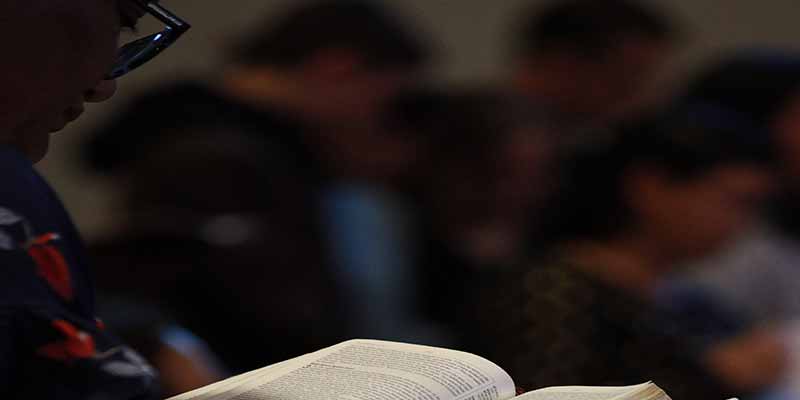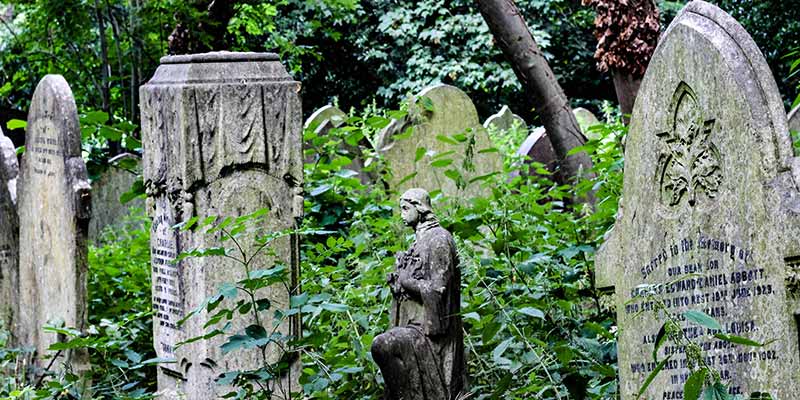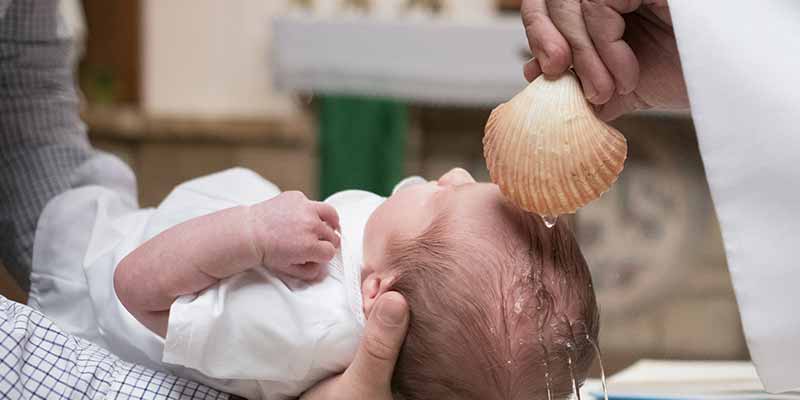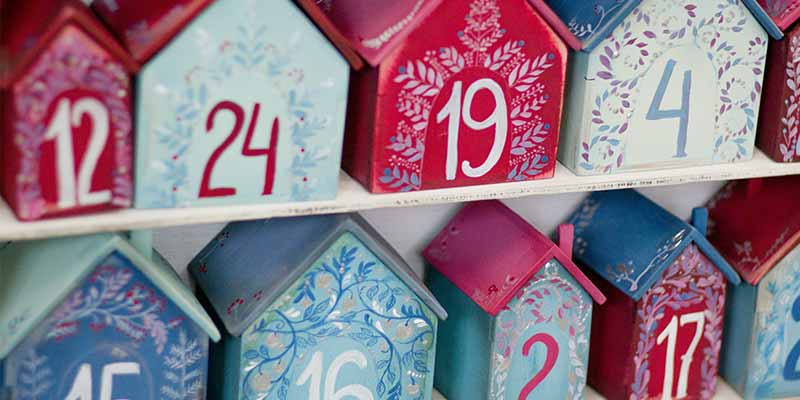
Was there really a Star of Bethlehem?
Adapted from an article first published in the Bridge Magazine, December 2019
Was there really a Star of Bethlehem?
No Christmas nativity scene is complete without a glowing star in the night sky, leading the wise men to Jesus’ birth. But what was the “Star of Bethlehem”? What have scientists and theologians suggested down the ages? To answer that, let’s start by looking at what the Bible says about it.
Matthew chapter 2 tells us that after Jesus was born in Bethlehem, wise men came from the east to King Herod’s palace in Jerusalem asking,
Where is the one who has been born king of the Jews? We saw his star when it rose and have come to worship him.” (Matthew 2:2)
Herod asks them
the exact time the star appeared” (Matthew 2:7)
and then sends the wise men on their way,
and the star they had seen when it rose went ahead of them until it stopped over the place where the child was. When they saw the star, they were overjoyed.” (Matthew 2:9-10)
So what was the star? What did those wise men see? Well had you asked a first-century astronomer, probably the first thing they’d tell is that the Greek word the Bible uses for “star” (astera) was used to describe pretty much any glowing object in the sky.
So the “star” could be a conjunction of planets. Sometimes the planets in our solar system, when viewed from earth, appear to overlap – creating a temporary larger “star”. This solution was first suggested by German astronomer Johannes Kepler (1571-1630), discoverer of the three laws of planetary motion. Jupiter and Saturn, the two largest planets in our solar system, were in conjunction during 7 and 6BC, which is close to the period when a lot of historians think Jesus was born.
Others have suggested the “star” was a supernova, an exploding star. Archaeologists have discovered writings by Chinese and Korean astronomers noting the appearance of a supernova in 5BC.
The problem with both the supernova and conjunction theories is that they don’t do justice to Matthew’s description of the star leading the wise men west to Jerusalem then south to Bethlehem, before stopping over the place where Jesus was. For an object in the sky to do that, it needs to be able to move, and conjunctions and supernovas don’t.
So perhaps it was an alien spaceship! On Christmas Eve a few years ago, the Daily Express published an article suggesting Jesus was an alien shapeshifter, and that the Star of Bethlehem was a UFO! Thankfully, even the article’s author seemed sceptical, saying,
As ludicrous as this idea is, it’s the only [way to explain] how the object could have suddenly appeared, moved and stopped for the apparent purpose of pinpointing Jesus’ birthplace.”
But it isn’t the only way to explain star’s movement. In 2015 a biblical scholar called Colin Nicholl wrote a book suggesting the star of Bethlehem was a comet. Nichol worked with a team of astronomers and mathematicians to build a computer model showing how his “Great Christ Comet” could have travelled through the inner solar system and been visible in the parts of the sky it needed to be visible in to fit the descriptions the Bible gives us. Praised by biblical scholars, mathematicians and astronomers alike, the book offers a plausible and mathematically sound theory. But it is just a theory, and until an archaeologist unearths an early edition of the Sky at Night we have no way of proving whether it is correct.
And what that means is that the star will probably remain forever shrouded in mystery. Its main witnesses, a bunch of learned pagan astronomers knew enough of science and the night sky to know that star was extraordinary. That’s why they travelled to Bethlehem (probably from Babylon, so about 550 miles) to find out more. And what they found there caused them to kneel in wonder before the child who is God, our creator, and the creator of all the stars in all the heavens.
May you share in their awe and wonder as you celebrate the birth of Christ, this Christmas time.








